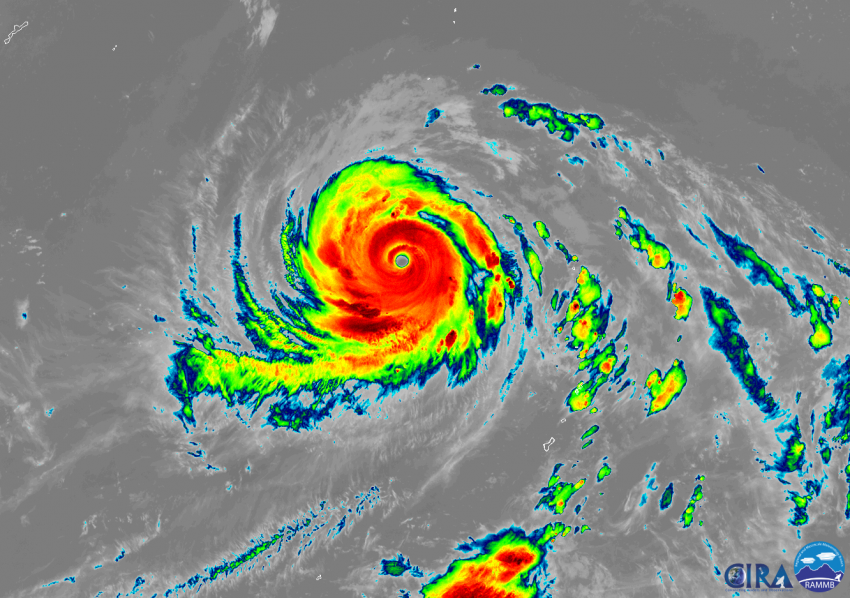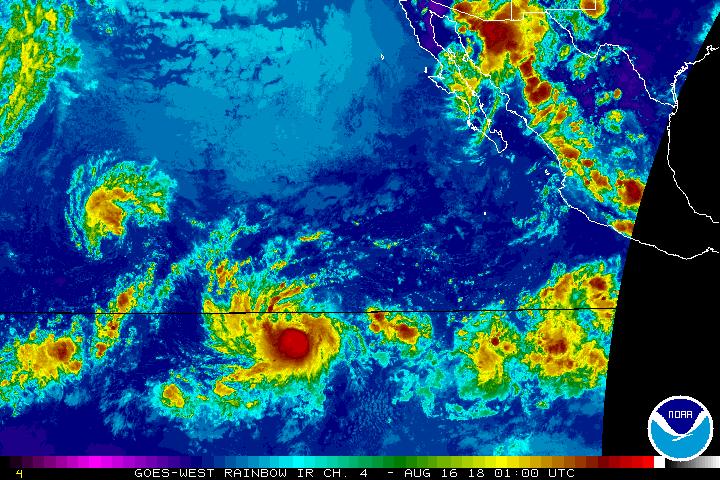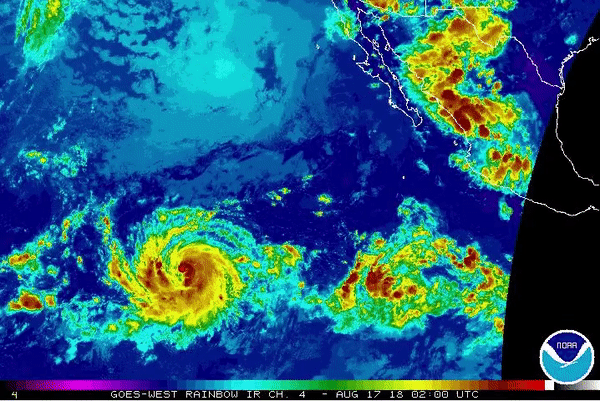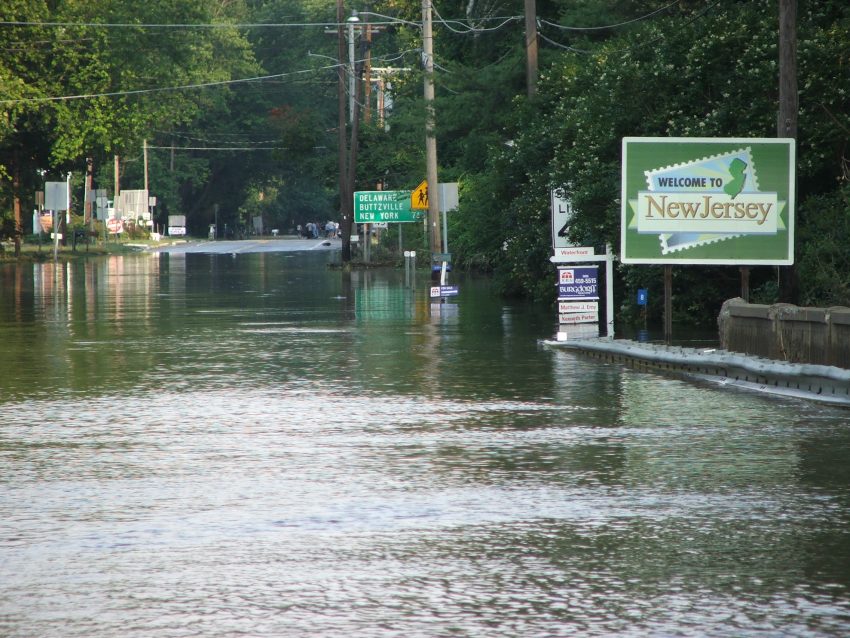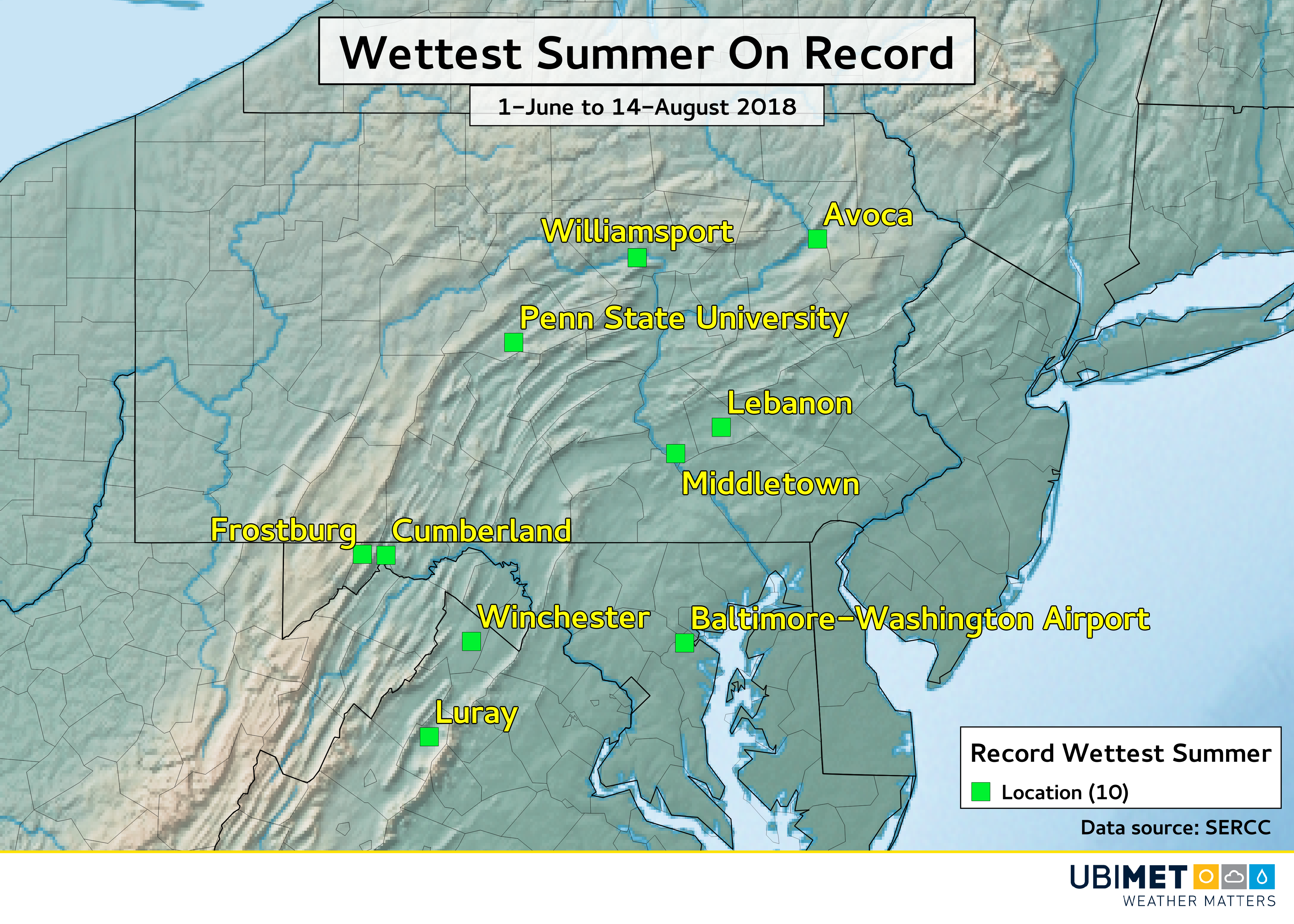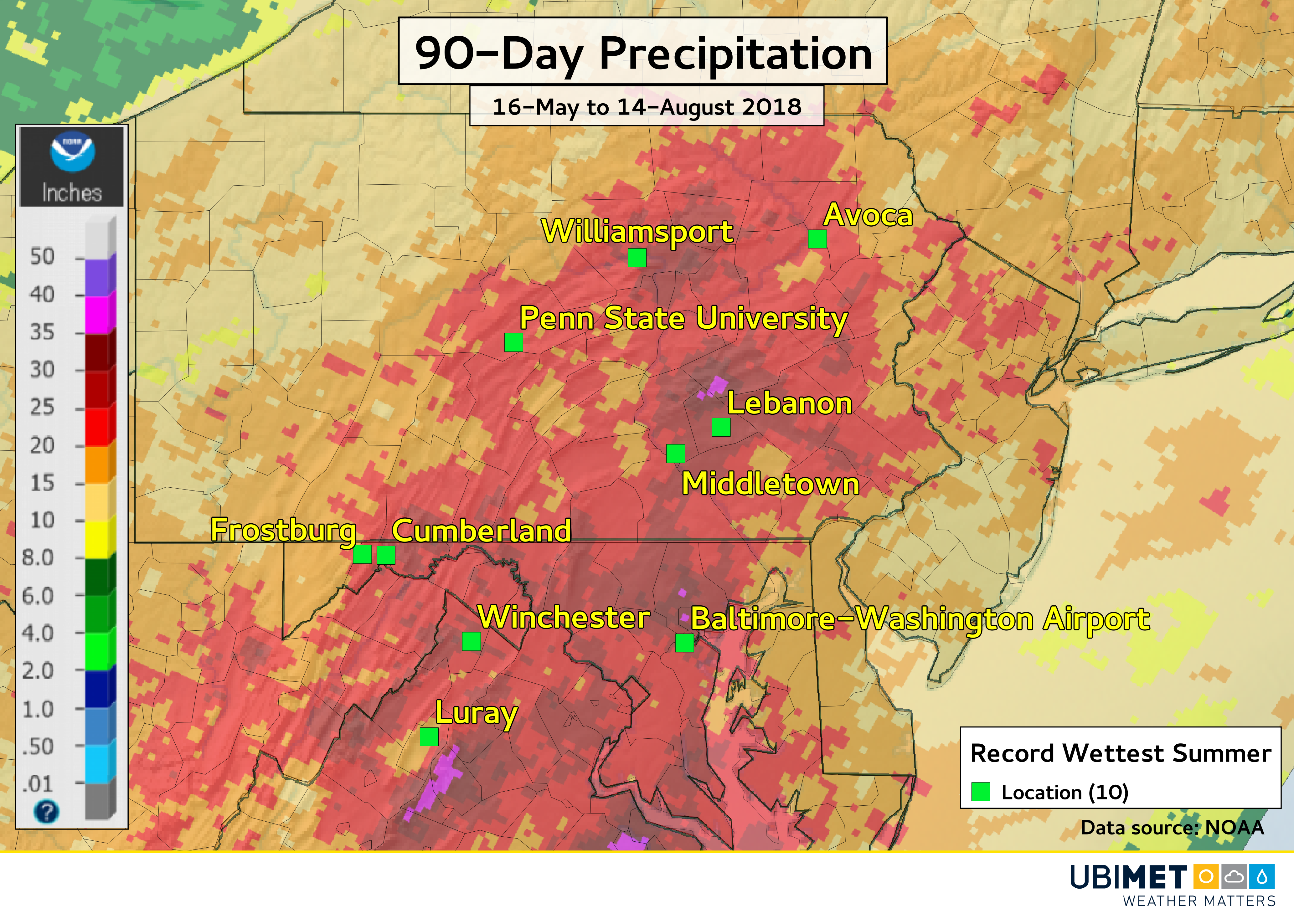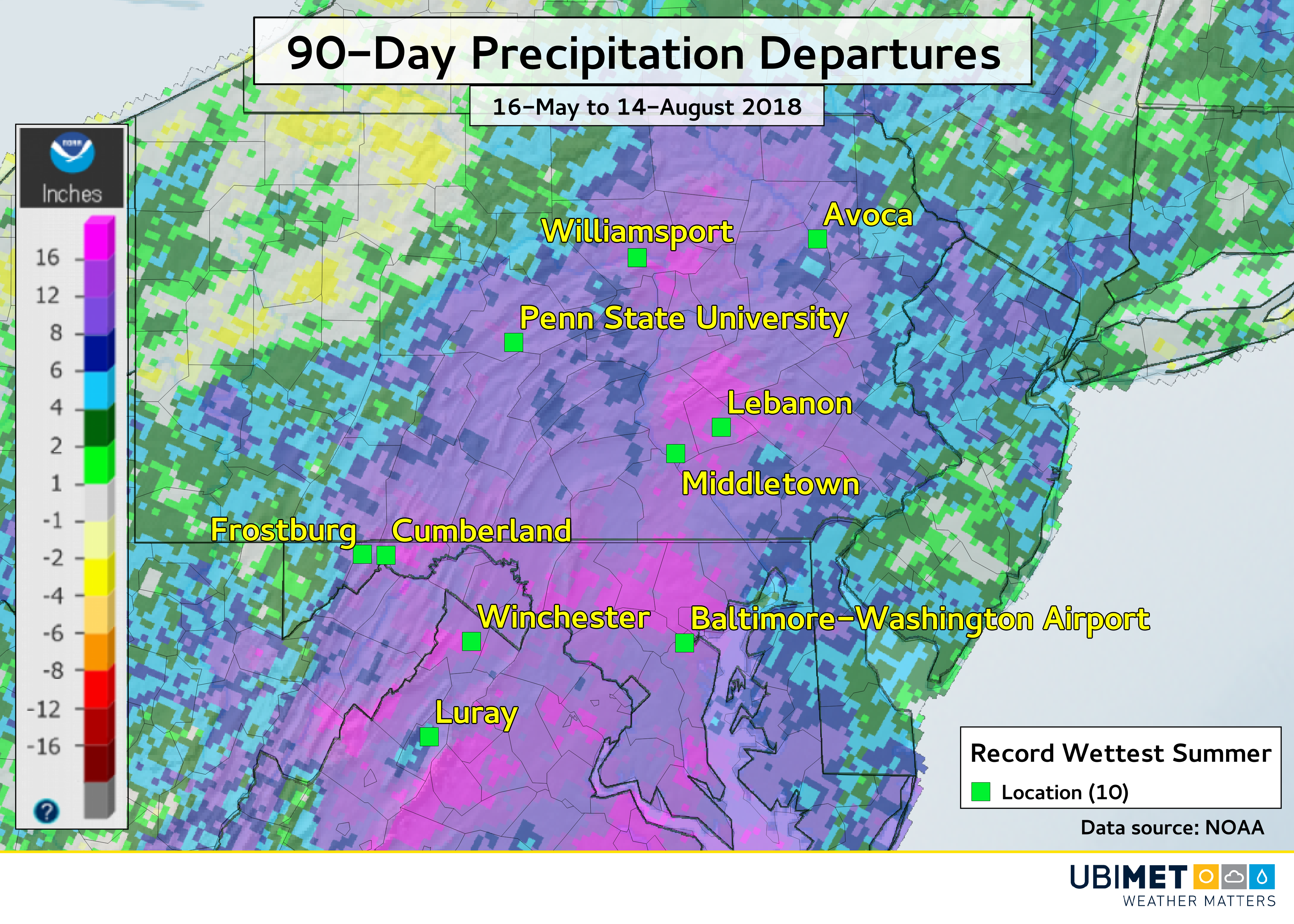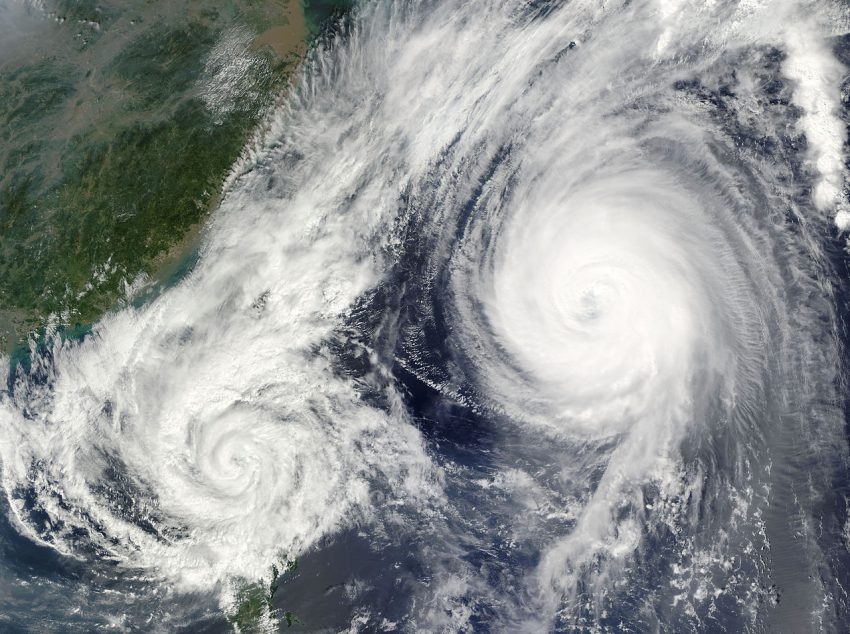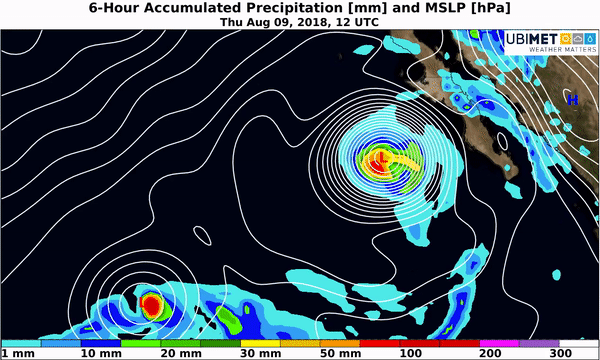Powerful Jebi Targets Japan Next Week
Jebi is a powerful cyclone spinning across the West Pacific, and the storm will track steadily northward toward Japan by early next week.
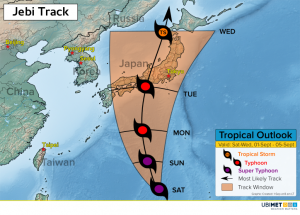
Jebi reached Super Typhoon status late this past week, meaning that sustained winds are greater than or equal to 130 knots. Ideal environmental conditions of warm sea-surface temperatures and light wind shear will keep Jebi quite powerful into the first part of next week.
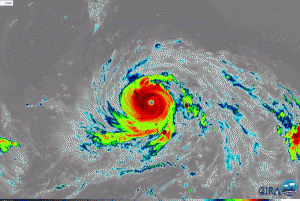
Weather models are fairly consistent in tracking Jebi toward the north over the next few days. Steering winds are expected to take the cyclone into Japan on Tuesday and then into southeast Russia on Thursday.
Impacts to Japan from Jebi could include damaging winds, flooding rain, and a significant storm surge near the area Jebi makes landfall. Major Japanese cities such as Osaka and Tokyo will likely experience some adverse impacts from the cyclone.
Confidence in more specific details regarding impacts to Japan will become clearer this weekend as Jebi inches closer to the island nation.
